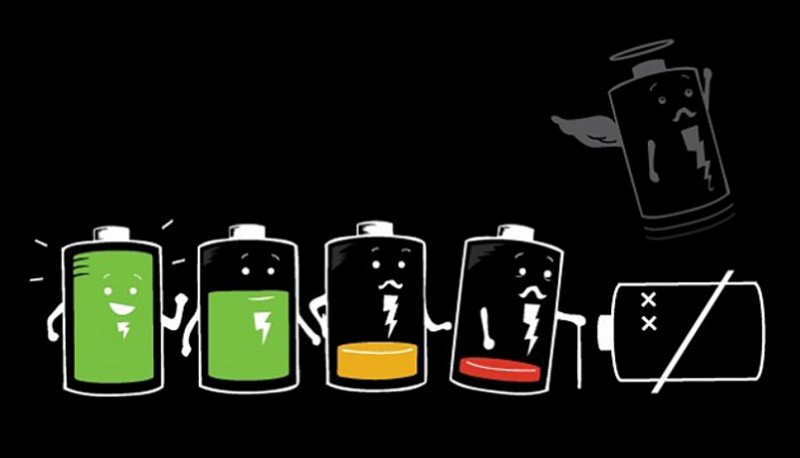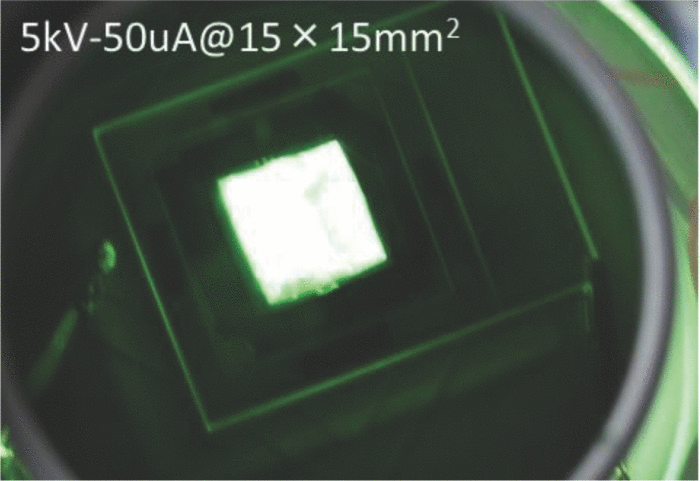Energy consumption gadgets: ways to save

The freedom and the opportunities offered by modern gadgets exist only as long as we have access to an electrical outlet every day. There is a tradition that once mobile phones could work for several days, and some even for weeks. True, even those who personally found these magical times forgot about it.
Unfortunately, the early emergence of a breakthrough technology that will radically increase the capacity of batteries, is not necessary. Therefore, engineers around the world every day lead an endless struggle for the harvest to reduce energy consumption. Naturally, the greatest attention is paid to one of the main consumers of electricity in gadgets, display. Over the years, increasing resolution, improved color reproduction. For all this, we are “paying the price” by several times higher energy consumption compared to the good old monochrome displays of 10-year-old phones.
However, despite all the tricks described, the duration of a good modern smartphone could not be significantly increased. Even the best of the existing models of displays, processors, chipsets and other components in the amount consume a lot of energy. Further reduction already leads to a drop in device performance, which in no way suits users.
')
In the second YotaPhone in the front display, we used the OLED-matrix, which in general consumes slightly less energy compared to the LCD matrix. But this difference does not have a significant impact on the duration of the smartphone. Therefore, when developing the first YotaPhone, we decided to use different displays for different types of tasks, which differ significantly in their properties and energy consumption. Part of the daily tasks that do not require a color screen, we shifted to the rear display, which consumes energy in a homeopathic quantity. For example, we spend a lot of time every day checking for notifications on smartphones, watching time, reading news feeds, etc. And all this time the resources of voracious displays are used to the fullest, while for such tasks the possibilities of more economical electronic ink are quite enough.
In addition, one of the most important advantages of the rear display is the comfort of working in bright light, it is very convenient for those who like to read books on vacation or on the go. And here the energy efficiency of electronic ink is even more pronounced: in traditional displays, to compensate for external lighting, you have to unscrew the brightness all the way, which not only actively puts the battery, but also noticeably worsens the color rendition. In this case, the image still turns out much less comfortable for the eyes than on the second display on electronic ink.
Nevertheless, the developers are looking for new ways to increase the duration of the gadgets. The other day there were news about two new technologies, which in the future could significantly reduce our dependence on the availability of chargers.
Experts from the University of Tohoku, Japan, have created a backlight panel for displays, which is much cheaper, brighter and, most importantly, more energy efficient than all existing LED backlights. Despite the fact that the efficiency of LEDs is considered relatively high, in absolute terms, they are still to be improved and improved.

The panel is an array of highly conductive carbon nanotubes whose walls are only one atom thick. Under the influence of a strong electric field, each nanotube begins to work as a cathode ray tube from picture tubes of old TVs and monitors. The electrons emitted by the tubes fall on a thin layer of phosphorus in a vacuum, causing it to glow.
Authors of development have especially noted simplicity and low cost of production. A number of nanotubes were mixed with an organic solvent and a surfactant. The resulting mixture was applied to the cathode and the surface was treated with sandpaper. Power consumption is only 0.1 W, which is approximately two orders of magnitude less than that of modern LED-backlights. The brightness of a simple, unoptimized laboratory sample was 60 lumen / watt. For comparison, for LED this indicator reaches 100 lumen / watt, and for OLED - 40 lumen / watt.
The second promising technology allows us not to reduce the power consumption of the gadget, but to ensure its regular charging. Specialists from Columbia University and Georgia Institute of Technology, USA, created a piezoelectric element from a layer of two-dimensional molybdenum disulfide one atom thick.



According to the authors of the development, when stretching such a material by 0.53%, the peak voltage reaches 15 mV at 20 pA, that is, the power density is 2 mW * m-2. The efficiency is 5.08%. The thinnest layer of this material can be embedded in the fabric of clothing and recharge wearable gadgets during their traditional daily activities. Fortunately, the material properties allow it: it is transparent, very light, flexible and flexible. Perhaps, if developers succeed in improving the efficiency of this technology, it will be possible to recharge the smartphone battery.
Source: https://habr.com/ru/post/362379/
All Articles